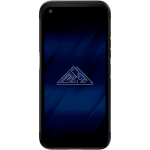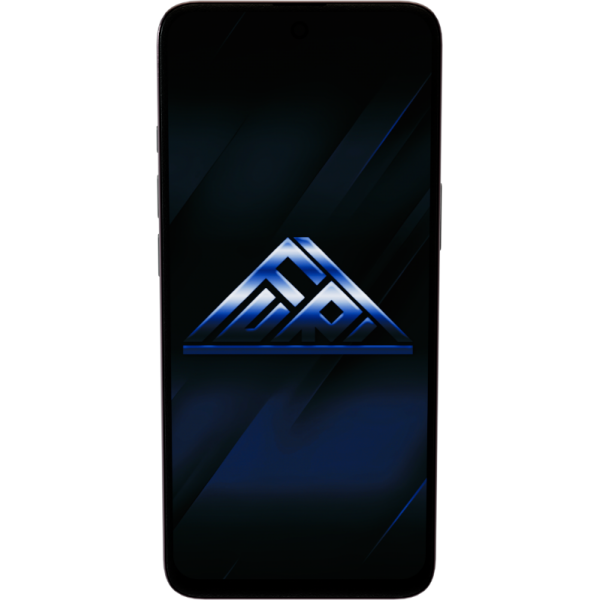$550.00
Fast, performant and cheap. You wanted all 3? Now you got it! The FLX1 from Furi Labs runs a fully optimized system called Furi OS, packing a lightning fast user interface, tons of storage, and a privacy centric approach like no other.
FuriLabs is ready to protect your data and keep you connected and secure at all times. Long term support, removable battery, IP68 and an unmatched price point. Get your hands on one today. FuriLabs: planned permanence!
Dimensions & Weights:
Phone: 171mm x 82mm x 12mm : 280g
Box: 180mm x 90mm x 28mm : 76g
Total: 180mm x 90mm x 28mm : 356g
See our shipping details.
Read some reviews, also in the below tabs, or some external reviews.
Out of stock
| Weight | 0.356 kg |
|---|---|
| Dimensions | 18 × 9 × 2.80 cm |
The FLX1 runs FuriOS, which is an operating system based on Debian, designed and oriented for mobile use without any artificial limitations.
Custom camera app with high quality video recording, picture capabilities and native QR code reading and Wifi hotspot joing via QR code.
VoLTE, MMS, SMS and the ability to use Android apps in a customized container are some of the additions we have built into FuriOS.
| Motherboard | |
| Chipset | Mediatek Dimensity 900 |
| Memory | 6GB LPDDR4X |
| Storage | 128GB UFS2.1 |
| CPU | 2x Cortex-A78 2.4Ghz && 6x Cortex A55 2.0Ghz |
| GPU | Mali G68 MC4 |
| Camera | |
| Front Camera | 16MP, f/2.0 |
| Back Camera | 50MP, f/1.88, with Phase Detection Autofocus and Optical Image stabilization |
| Macro Camera | 2MP, f/2.4, fixed focus |
| Battery | |
| Charging | Wired/Wireless and NFC combo |
| Battery Type | Li-Po Removable battery |
| Battery capacity | 5000mAh |
| USB | Type C 3.0 waterproof |
| Connectivity | |
| Modem | 2G/3G/4G/5G/5G ENDC |
| SIM Slots | Dual |
| WiFi | WiFi 6.0 (a/b/g/n/ac/ax) |
| Bluetooth | 5.2, A2DP, LE |
| ESIM | N/a |
| Bands | |
| GSM | 2/3/5/8 |
| UMTS | B1/8 |
| TD-LTE | B38/40 |
| FDD-LTE | B1/2/3/4/5/7/8/12/20/28A/28B/66 |
| 5G | NR N1, 2, 3, 4, 5, 7, 8, 12, 20, 28, 38, 40, 41, 60, 66, 77, 78 SA/NSA |
| Screen | |
| Resolution | 6.59" FHD+ IPS Display 10 point multi touch |
| Refresh rate | 60Hz/120Hz panel |
| Glass type | Gorilla Glass 5 |
| Fingerprint | |
| Fingerprint | Side Mounted, on power button |
| Peripherals | |
| Micro SD | Up to 1TB |
| Headphone jack | 3.5mm waterproof |
| Material | |
| Back cover | Polycarbonate |
| Mid frame | Polycarbonate and TPU |
| Keys | Metal |
| Water proof | IP68 |
Sorry, no reviews match your current selections
 FLX1
FLX1

$550.00
I have not receive it yet 🙂 (ordered it in Feb)
Good hardware, the Linux UI is evolving regularly with updates. A very useable daily driver especially for those with any Linux experience. Has multi-boot capability with UT and it appears SFOS is on the horizon. Really enjoying my FLX1!
For where Linux phones are right now, it is a great phone that can be used as a daily driver. There are issues. GPS is not working with android apps, though it used to. Not enough native apps and the one’s we have are not full featured or do not scale well. But everything works as it should! Supports all basic phone functions, modem supports most, if not all, mobile carriers (I am on T-Mobile). I absolutely recommend this phone.
The phone works well for me. Unlike my previous Linux phones, it works well. There are some snags: I occasionally need to disable and re-enable mobile data. And parts of the settings that are not merged with Upstream GNOME are also thus not translated. But generally the phone works well. Oh, and the request to post review is an HTML-only mail, that required me spending extra time in the HTML source.
I discovered Furilabs and their phone just a couple of weeks ago. I thought how have I not heard about this before? There was little information online at the time but I decided to take the plunge. From ordering to delivery in the UK was only six days.
The phone is larger and heavier compared to my previous phones (not that I’ve had many) but looks nice and well made. Having used a PinePhone (non Pro) previously I was hoping for an uplift in usability but I was nervously apprehensive. It turns out the FLX1 is light years ahead of that previous experience and I’ve been blown away, seriously. I also ordered a case and screen protector at the same time, just be more careful putting the protector on than I was – pesky dust!
Whereas the PinePhone was fun to tinker with but unreliable as an actual phone and very slow in operation, the FLX1 is totally the opposite. It runs really smoothly and everything works – calls (audio’s reliable), SMS/MMS, camera (decent quality photos AND video), Telegram video calling, working GPS from Linux, plus the morning alarm!” I’m currently using Smarty (Three network UK) and I did have to alter “MMS Settings” as these were slightly out, but that was trivial. Also, removable battery and a headphone jack – tick, and the battery life has been good for me so far.
I didn’t buy it for the Android experience as removing Google from my life has been blissful. However… Furilabs have a modded fork of Waydroid and have set it up so you can have it running seamlessly at all times and have Android apps available and running alongside native Linux software. Or run it on demand (like I do) or don’t run it at all. I’ve easily installed and set up a few needed apps (security cams, Steam 2fa, boiler thermostat). Very nice integration and no Google involvement 🙂 It should be pointed out that any app reliant on Google Play Integrity API integration won’t work though.
I’ve set up SSH (key only) so I can SSH in from my Arch desktop via console or as SSHFS in SpaceFM (file manager). I haven’t used apt since Ubuntu in 2008 but it’s Linux, so no problem!
There are bound to be a few teething problems but Furilabs have a Telegram channel and support is always at hand if needed (and speedy). There is also a help forum on the website. Development is also ongoing at a great pace, so things can only get better as well.
For someone coming from a previous Linux phone this has been a revelation for me. I can also see how someone privacy conscious and wanting to get away from Android could also embrace the FLX1. So, at last! A (very) useable Linux mobile and a very enjoyable experience. I’m looking forward to many years being a happy user.